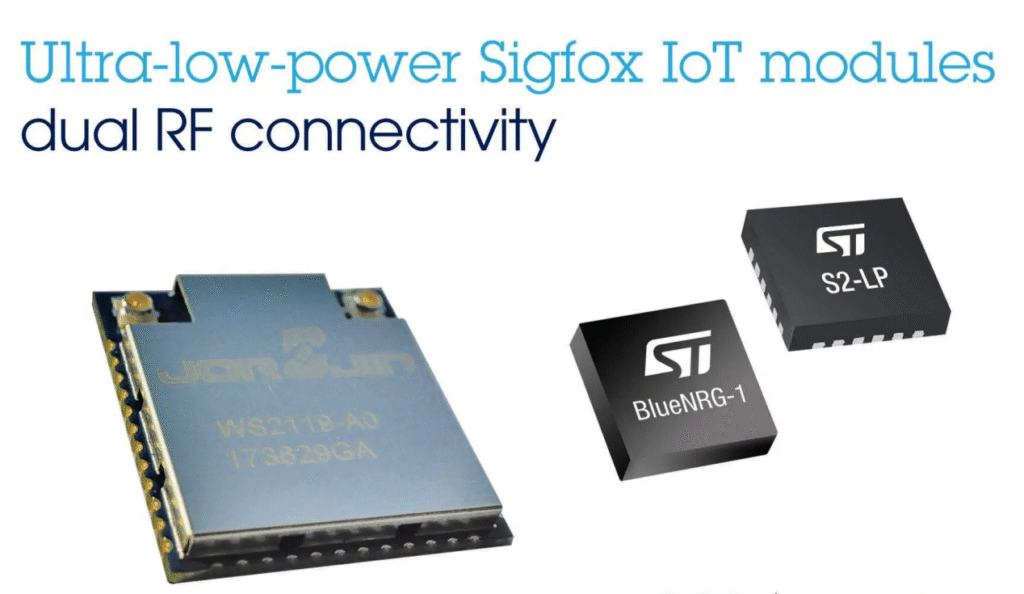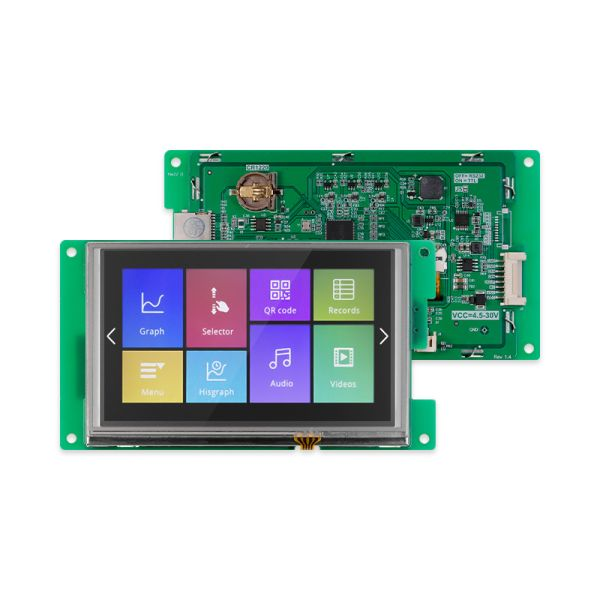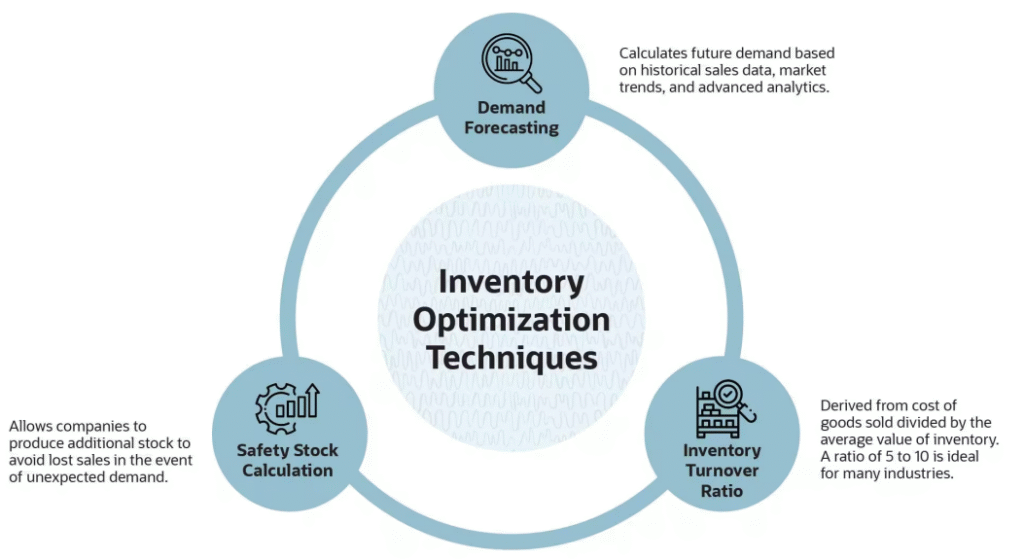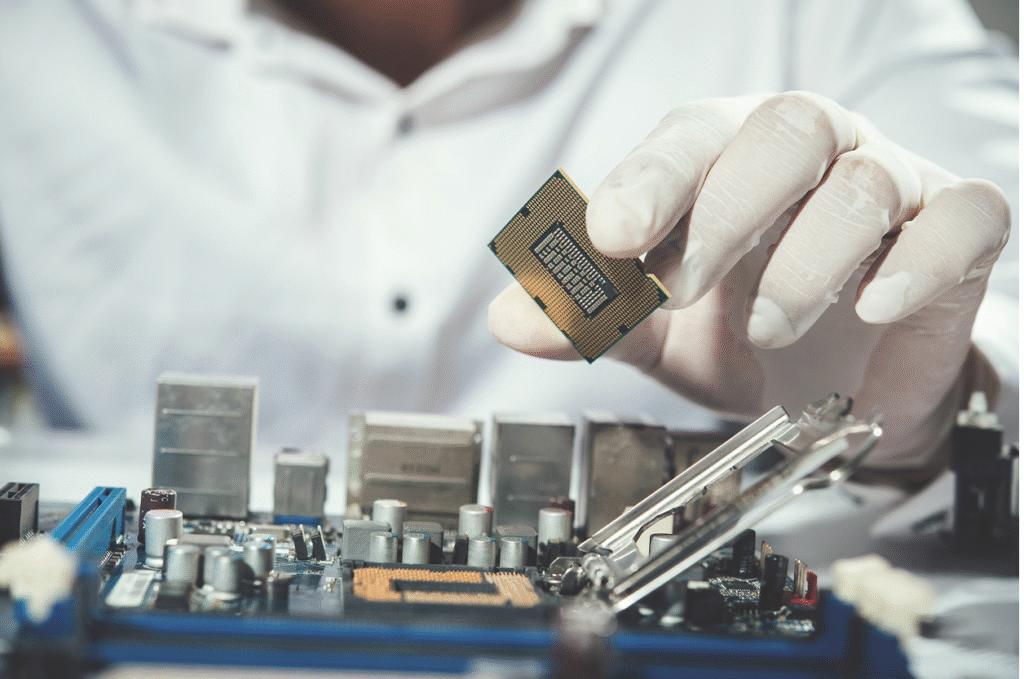Electronic Components Procurement Strategies for Next-Gen Tech Products
The global consumer tech landscape is undergoing a seismic shift. By 2025, the wearable technology market alone will reach $64.3 billion, while AI-driven devices—from smart glasses to robotic companions—are redefining user experiences . Behind these innovations lies an unsung hero: the specialized electronic components that power them. For procurement professionals and OEMs, navigating this complex supply chain is now mission-critical.

Core Components Driving 2025’s Breakthrough Devices
AI Processors & Sensors: The Neural Engine
Edge AI Chips: NVIDIA’s Blackwell architecture GPUs (e.g., GeForce RTX 50 series) deliver 3x performance gains for real-time robotics and AR glasses

Multimodal Sensors: Bosch’s BMA255 accelerometers (0.005° tilt precision) and medical-grade MAX30205 temperature sensors (±0.1°C accuracy) enable health-monitoring wearables and smart bottles
Stretchable Sensors: A $5.8 billion market by 2025, essential for e-textiles and conformable health patches
Connectivity & Power Modules
Bluetooth 5.0/LE: Nordic’s nRF52832 chips dominate TWS earphones (27.9% YoY growth) and IoT hydration trackers

GaN/SiC Power Devices: Critical for fast-charging EV infrastructure and compact consumer devices; market to hit $40B by 2025
Displays & HMI Controllers
Micro-LEDs: Hisense’s 116-inch TV uses 21,000 TriChroma LEDs for 10,000-nit brightness—tech now miniaturized for AR glasses
Voice ICs: NV040B (2μA standby) and WT588F02B-16S enable low-power medication reminders in smart health devices

Procurement Pain Points in 2025’s Market
Supply Volatility: Lead times for automotive-grade MCUs (e.g., NXP S32K) and TI PMICs stretch to 40+ weeks
Obsolescence Risks: 22% of IoT projects face redesigns due to discontinued RF modules like RO2166E SAW resonators
Certification Hurdles: Medical/FDA-compliant sensors (Maxim MAX30205) require rigorous validation for health tech applications

NES Group: Your Full-Cycle Component Partner
For OEMs developing AI glasses, robotic cleaners (e.g., Roborock Saros Z70), or smart health bottles, NES Group transforms supply chain fragility into resilience:
Proactive Inventory Buffering
Stockpiles 6+ months of critical components: STM32L4 MCUs, Kionix KX022-1020 accelerometers, and medical-grade sensors
Direct partnerships with Nuvoton, TDK, and Mcube ensure priority allocation during shortages
Intelligent Alternate Sourcing
Pin-to-pin swaps: Nordic nRF52832 for discontinued TI CC2541 Bluetooth modules
Cross-verification: Validates China made brands substitutes (e.g., Wavetron WT8012 touch ICs) with RF/thermal performance reports
Circular Inventory Optimization
Resells 100% tested surplus: Bosch sensors, Holtek ICs, and BT modules from canceled projects, recovering 30%+ BOM costs
AI-driven demand forecasting aligns orders with production peaks, reducing overstock by 40%
*Case Study: A European smart bottle OEM faced BMA255 shortages. NES Group deployed KX022-1020 alternatives within 48 hours—zero line stoppage.

Future-Proofing Your Component Strategy
Prioritize Edge-AI Ready Chips: 2025’s AI PC penetration hits 34%—stock NPUs like Huawei’s Ascend series
Adopt Hybrid Sourcing: Blend 60% new + 40% certified-recycled components (GaN FETs, MEMS mics) for cost/sustainability balance
Leverage Compliance Networks: NES Group’s pre-certified pools (RoHS/REACH) accelerate EU/MEA market entry
Tech innovation isn’t just about silicon—it’s about supply chain intelligence. As 5G, AI, and IoT converge, partners like NES Group turn component chaos into competitive advantage.

Explore our component ecosystem for your next-gen product → NES Group IoT Procurement Solutions



No comment